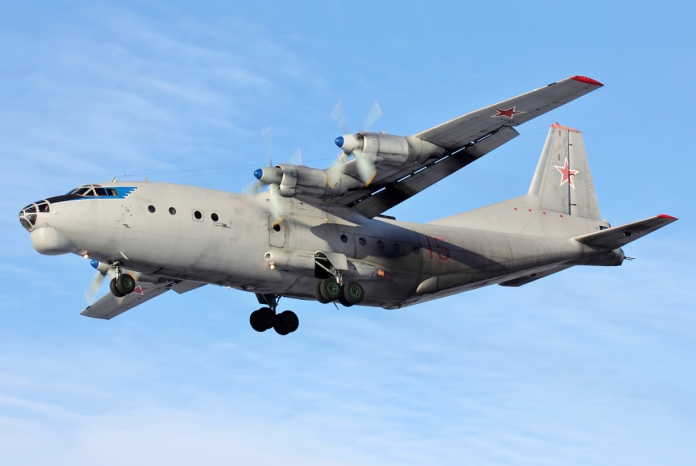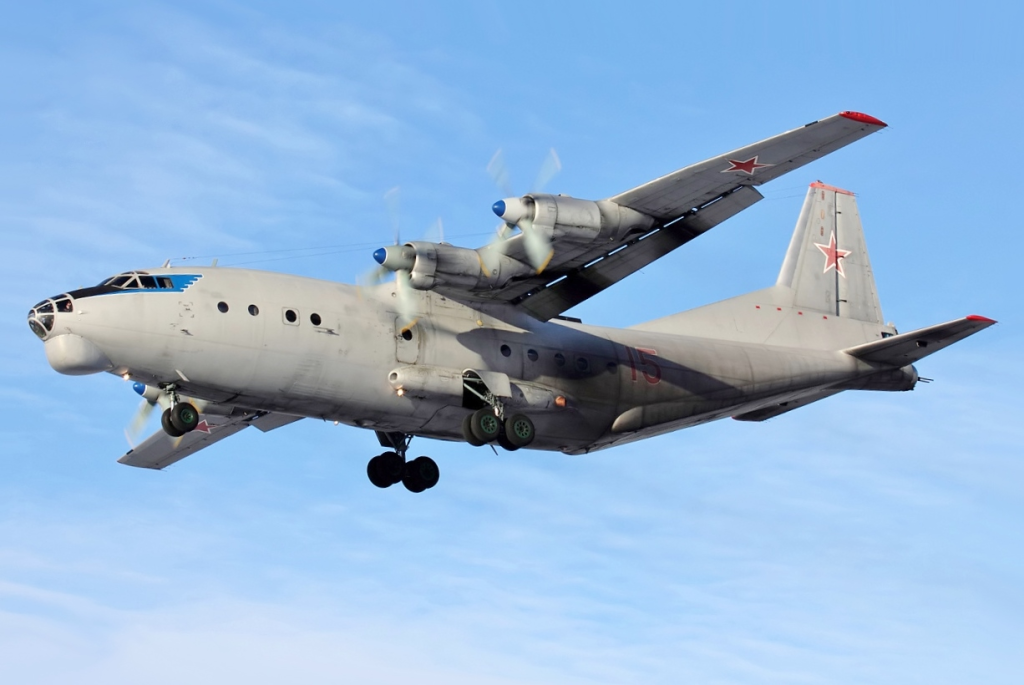
It started with the flash of fire on the black sky above Crimea two Soviet-era cargo planes ablaze on the runway. Over the last few weeks, Ukraine’s special Ghost unit has made these images a regular show, launching deep into Russian-occupied territory with high-precision drone strikes. Not only have these raids razed unique and precious military equipment, but they have also highlighted a transition in the war’s technology and strategy aspects.
For military tech watchers, the missions provide a multi-layered narrative: the targeting of older planes still a part of Russia’s supply chain, the destruction of cutting-edge radar technologies, and the unprecedented destruction of amphibious aircraft never previously lost in battle. Each mission discloses both the weaknesses of fixed-position forces and the developing abilities of Ukraine’s intelligence-driven warfare. Below are seven of the most impressive recent successes of the Ghost unit, each with its own strategic significance.
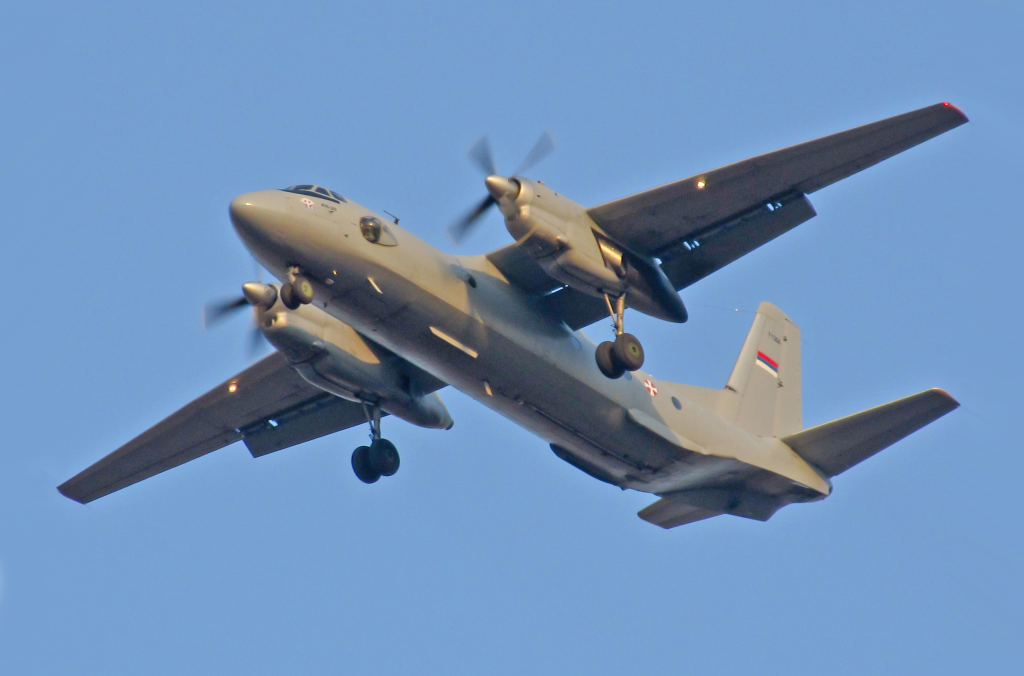
1. Two An-26 Transport Planes Destroyed by Twin Attack
On September 25, Ukraine’s Defense Intelligence announced its Ghost unit attacked two Antonov An-26 transport aircraft in occupied Crimea. Introduced in 1970 as “Curl” by NATO, the An-26 was designed to carry up to 5.5 tons of freight or 40 troops. Although no longer manufactured since the 1980s, the planes continue to be a workhorse for short- and medium-haul flights.
Video released by the HUR captured drones flying towards the parked aircraft before launching attacks, with one plane on fire. The second An-26 also caught a direct hit, although confirmation of its destruction is unclear. The destruction of these transports degrades Russia’s logistical agility in the peninsula, especially in transporting supplies under disputed airspace.
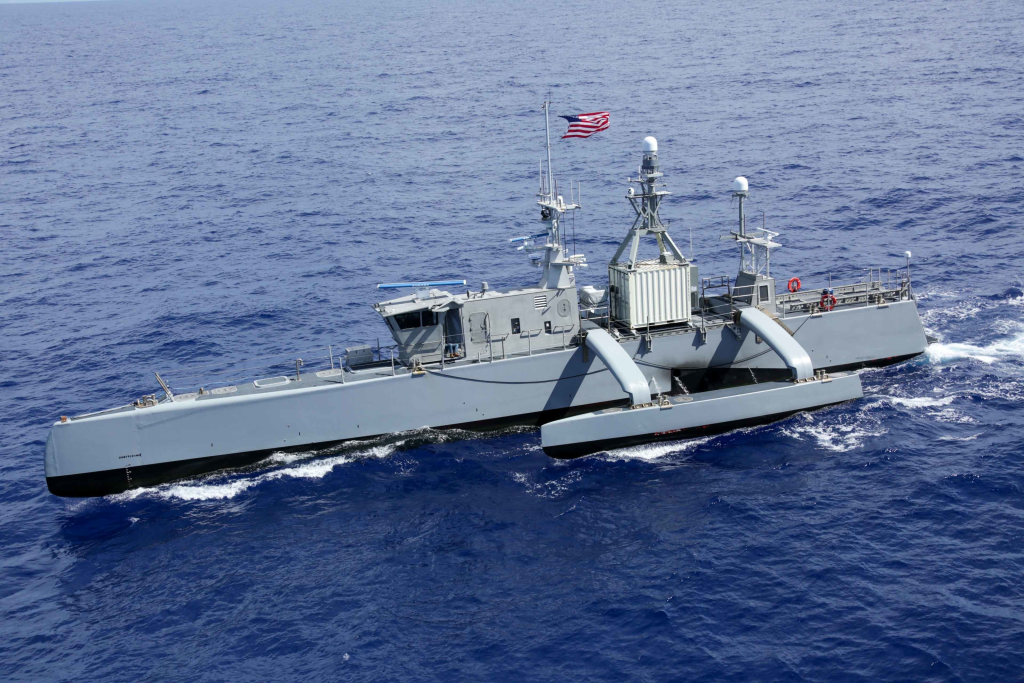
2. Coastal and Surface Radar Systems Disabled
The same September 25 raid also destroyed a Russian surface surveillance radar and an MR-10M1 Mys M1 coastal radar station. These are part of Russia’s network of maritime situational awareness, monitoring ships and low-altitude aerial threats. The MR-10M1, specifically, is used for early warning of coastal defense operations.
By destroying them, Ukraine has undermined Russia’s capability to track sea approaches to Crimea, potentially creating windows for additional naval drone or missile operations. These kinds of strikes are part of Kyiv’s larger effort to disassemble layered defenses on the peninsula.
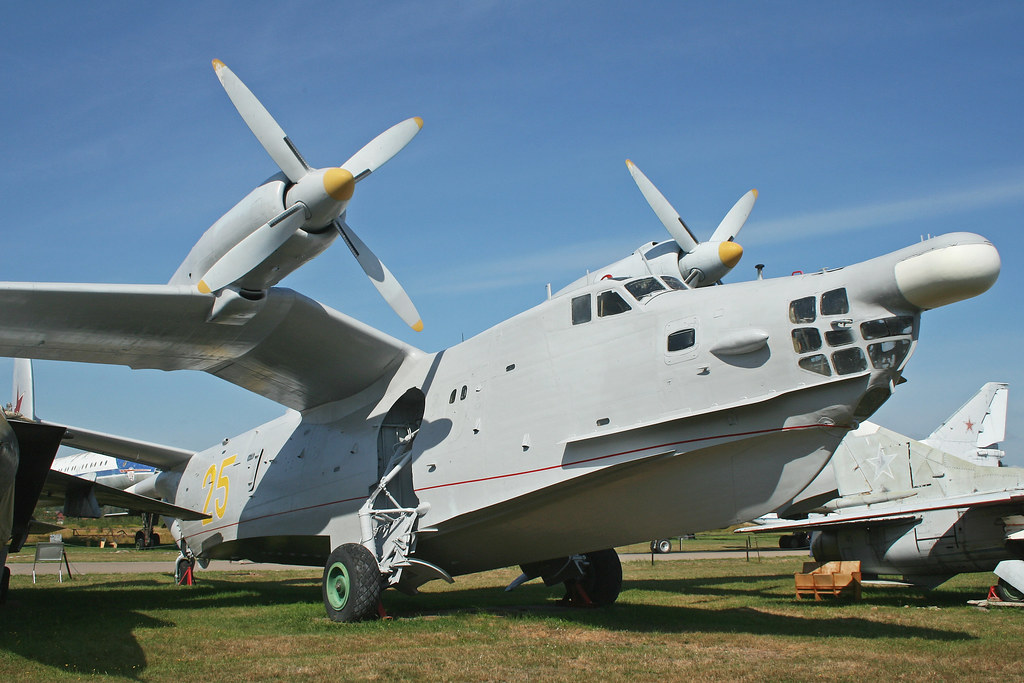
3. First-Ever Combat Loss of Be-12 Amphibious Aircraft
On September 23, the Ghost unit set a historic record: the first-ever destruction of Be-12 “Chaika” anti-submarine warfare and maritime patrol amphibious aircraft in action. Designed in the 1950s and put on active duty in 1965, the Be-12 was intended to be used in anti-submarine warfare and marine patrol, armed for landing on water and rescue operations.
Only 147 were ever built, and estimates suggest Russia may have fewer than 20 remaining. Footage showed drones hitting two Be-12s, one identified by tail number ‘08 yellow’ manufactured in 1971 and stored since the 1990s. Western intelligence has described the Be-12 as a key Russian asset for detecting Ukrainian naval drones, making its loss strategically significant.
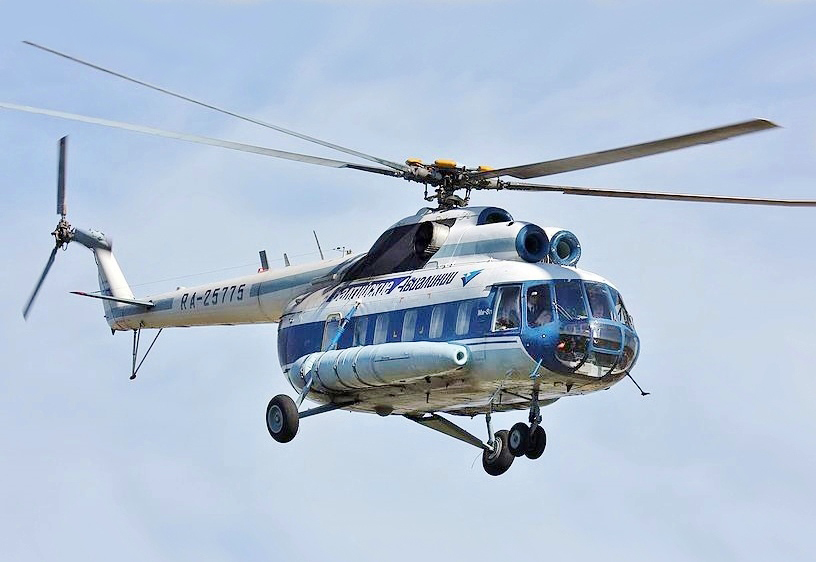
4. Mi-8AMTSh-VN Helicopter Taken Out
In addition to the Be-12s, the Ghost company destroyed an Mi-8AMTSh-VN helicopter. Unlike regular Mi-8 transports, this type has air defense capabilities, with thermal imaging, President-S missile countermeasure system, and means to fire Ataka anti-tank missiles, Verba surface-to-air missiles, and S-8 rockets.
Its function is to intercept Ukrainian aerial and naval drones, whose destruction is thus a loss to Russia’s counter-drone capability. Militarnyi emphasized that the Mi-8AMTSh-VN is one of the more modernized rotary platforms within Russia’s arsenal, highlighting the accuracy targeting of Ukraine’s sorties.
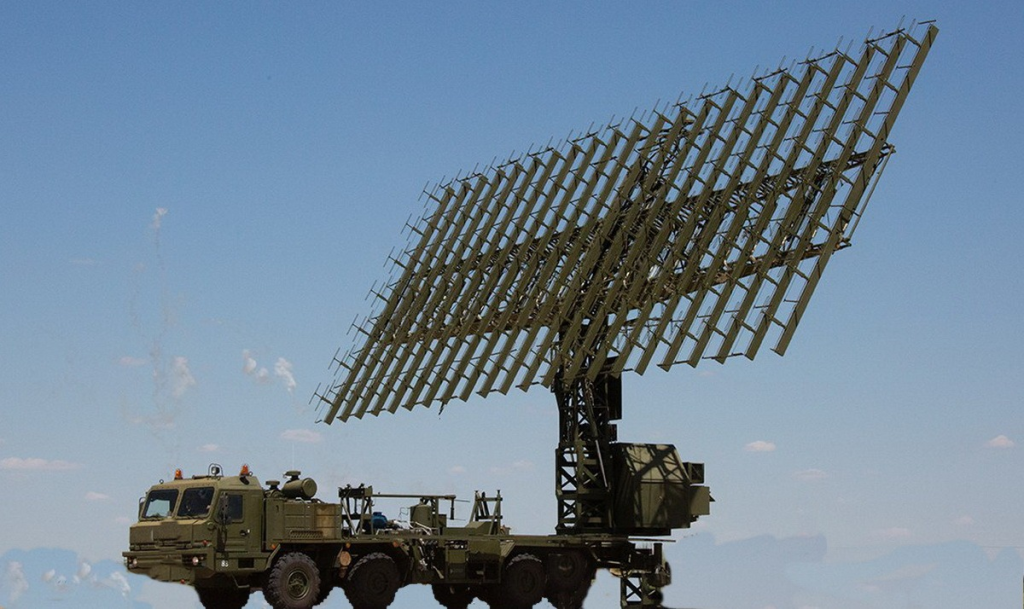
5. Triple Mi-8 Helicopter Strike and Nebo-U Radar Hit
Just before the Be-12 attack, the Ghost unit attacked three Mi-8 helicopters and a Nebo-U air defense radar in Crimea. The Nebo-U is a mobile long-range radar that detects high-altitude and stealth targets and provides feed to Russia’s S-300 and S-400 missile systems.
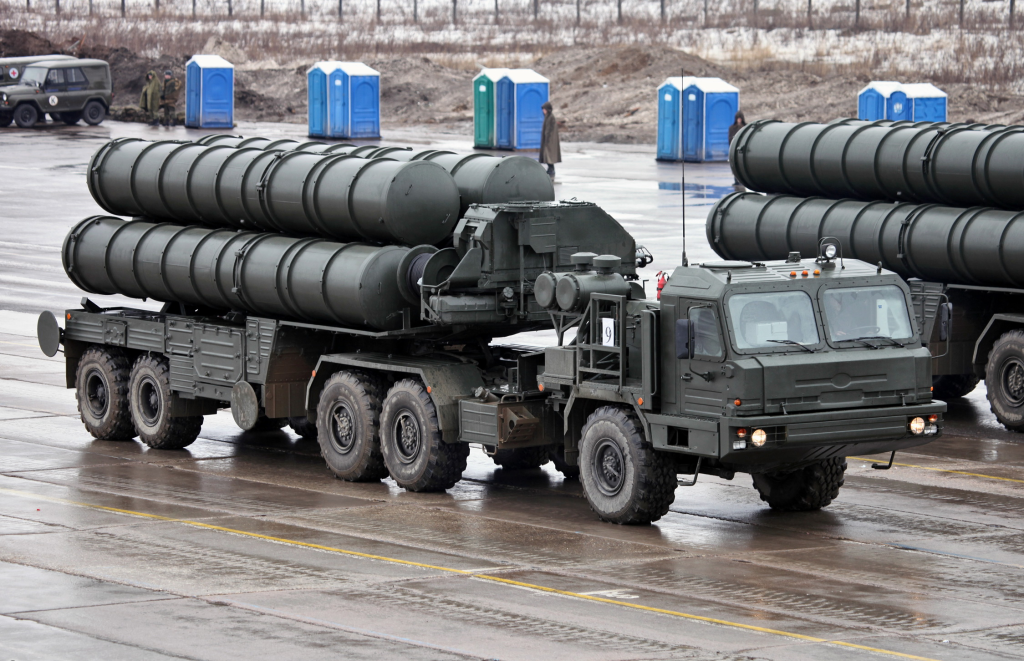
Neutralizing such a radar not only impedes air defense but also interferes with integration of Russia’s overall air surveillance network. The strike illustrates Ukraine’s emphasis on destroying integrated systems as opposed to stand-alone assets.
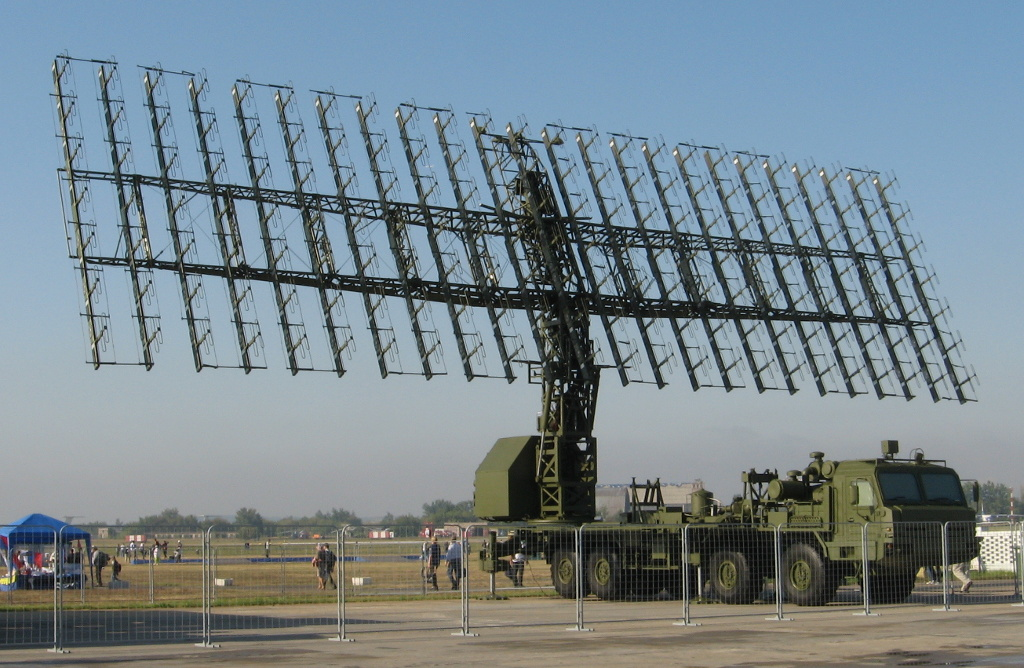
6. Previous Raids on Podlet and Nebo-M Advanced Systems
In early September, Ukrainian intelligence announced destroying a 48Ya6-K1 Podlet radar and an RLM-M module of the 55Zh6M Nebo-M system. The Podlet targets low-altitude drones and cruise missiles, whereas the Nebo-M module targets medium- and high-altitude objects, including stealth aircraft.
These systems are key to cueing Russia’s surface-to-air missile batteries. Their destruction lowers the effectiveness of integrated air defense, creating exploitable gaps for Ukraine’s aerial operations.
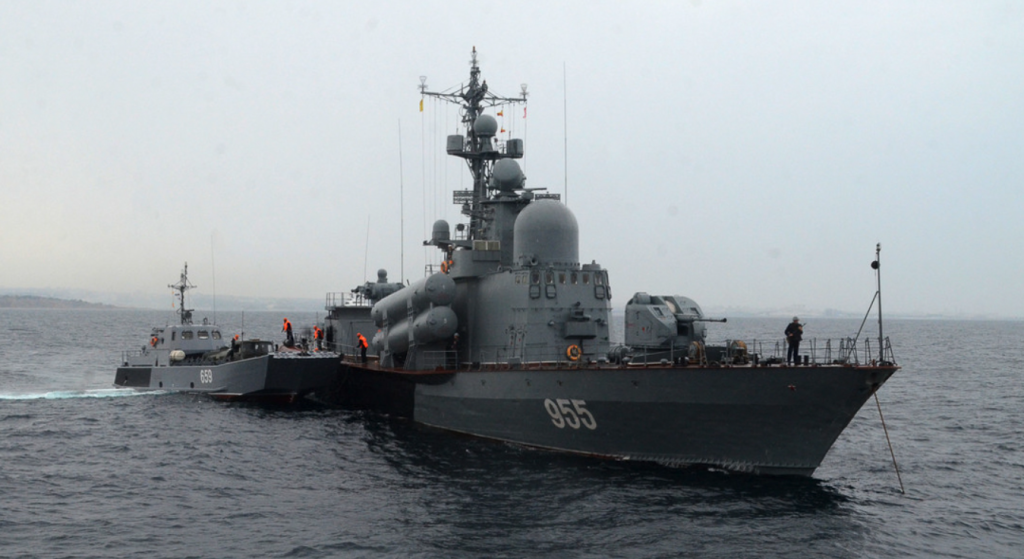
7. Strategic Effect on Crimea’s Defense Posture
The overall impact of these strikes is altering the defense posture of occupied Crimea. By destroying transport aircraft, maritime patrol aircraft, helicopters, and radar systems, Ukraine is methodically cutting Russia’s power projection from the peninsula.
The recent surge in attacks part of what HUR refers to as the “demilitarization of temporarily occupied Crimea” have compelled Russia to move parts of its Black Sea Fleet into safer waters and to reassess the survivability of its forward-deployed assets. With both sides attempting to deny the other command of the skies, these precision raids serve to illustrate the increasing presence of unmanned systems in contemporary warfare.
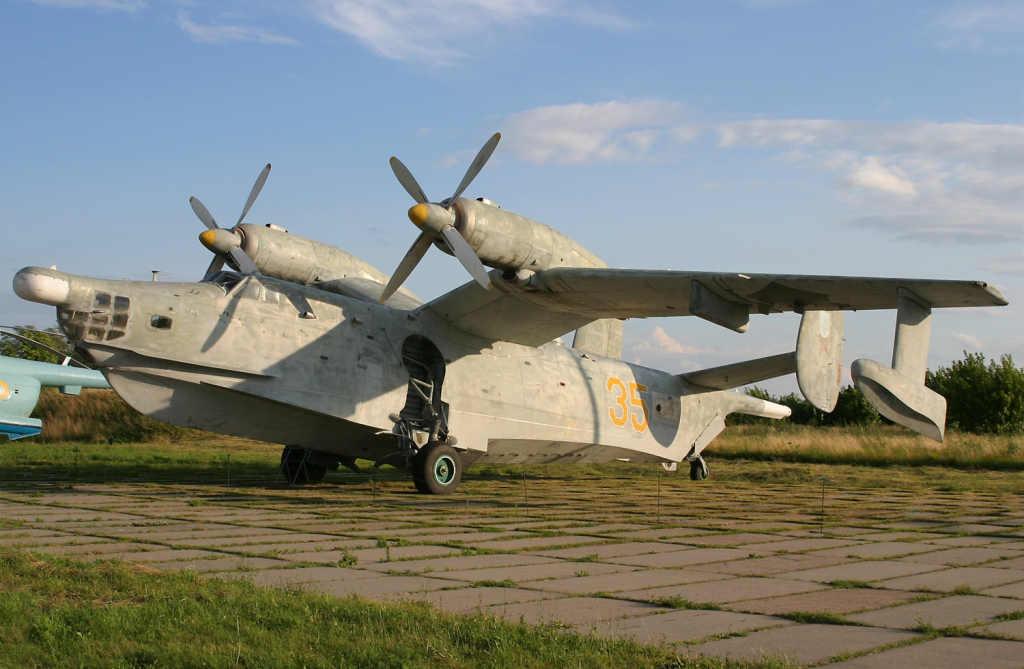
The recent operations of the Ghost unit in Crimea expose an intentional strategy: target scarce, valuable targets to produce disproportionate strategic impacts. Through the marriage of drone technology with intelligence-targeting, Ukraine has recorded not only tactical successes but symbolic ones like the unprecedented destruction of Be-12 aircraft. For defense experts, these raids are more than battlefield actions; they are symptoms of changing doctrines, where old platforms intersect with new precision warfare, and where dominance over contested areas depends on the silent flight of unmanned vehicles.
